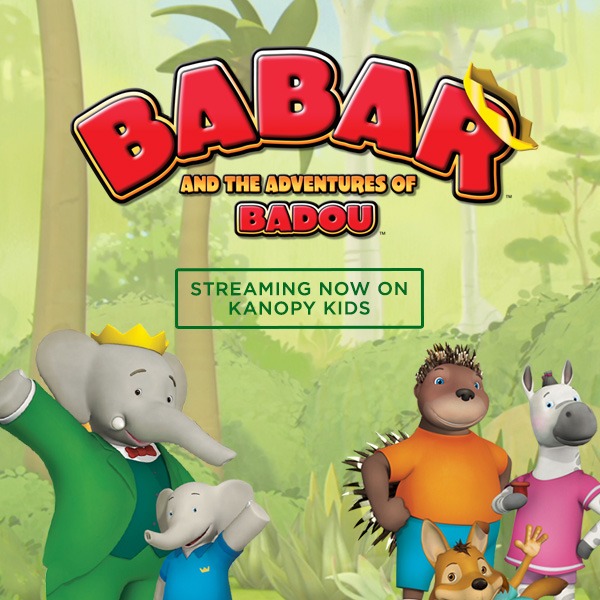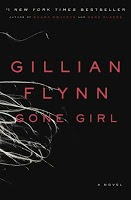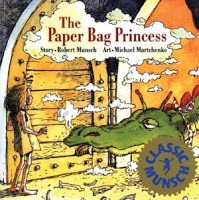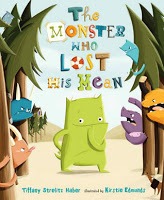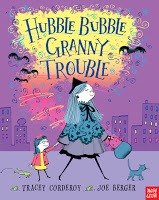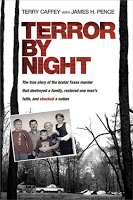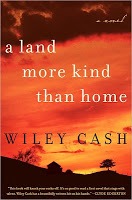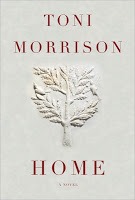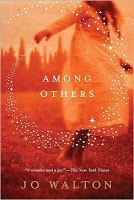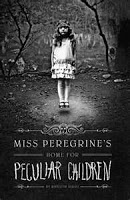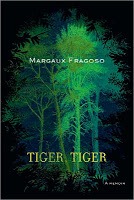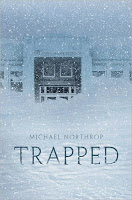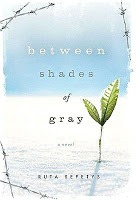Rating: 4/5 Stars
Audience: Adult
Genre: Psychological Suspense
Summary: Everyone thinks the Dunnes’ marriage is perfect, until the beautiful and clever Amy Dunne disappears on their fifth wedding anniversary under suspicious circumstances. Nick claims to know nothing about his wife’s disappearance, but as the police look Nick’s way, he is caught out in lie after lie. Juxtaposed with Nick’s story and the investigation are excerpts from Amy’s diary, which further contradict Nick’s story and present a disturbing tale of a marriage gone wrong.
Tracy’s Thoughts:
From the start, this book reminded me of a Dateline episode about a husband killing his wife to escape a bad marriage. But as this novel was written by Gillian Flynn—author of the dark and twisty novels Sharp Objects and Dark Places—things are not quite as straightforward as they initially seem.There are enough twists and turns here to satisfy even the most gung-ho rollercoaster fanatic, but—unfortunately—I saw them all coming. I blame it on one too many M. Night
Shayamalan movies. But then, I knew Bruce Willis was dead all along, so maybe not…
Anyway, while the book didn’t have the same tense, edge-of-your-seat mystery for me that was shared by many other reviewers, I was still riveted. Flynn’s writing is stellar, and her characters are complex and scarily believable. What really got me about this book was the rawly honest look at individuals’ darkest thoughts, their secret desires and beliefs about relationships. Seriously… If I had commitment issues before, now I’m terrified. (Just kidding. Mostly.)
To illustrate what I mean, check out these passages:
No relationship is perfect, they say—they who
make due with dutiful sex and gassy bedtime rituals, who settle for TV
as conversation, who believe that husbandly capitulation—yes, honey, okay, honey—is the same as concord. He’s doing what you tell him to because he doesn’t care enough to argue, I think. Your
petty demands actually make him feel superior, or resentful, and
someday he will fuck his pretty young coworker and you will actually be
shocked. Give me a man with a little fight in him, a man who will
call me on his bullshit. (But who also kind of likes my bullshit.)
(Page 29)
I speak specifically of the Amy of today,
who was only remotely like the woman I fell in love with. It had been an
awful fairy-tale reverse transformation. Over just a few years, the old
Amy, the girl of the big laugh and the easy ways, literally shed
herself, a pile of skin and soul on the floor, and out stepped this new,
brittle, bitter Amy. My wife was no longer my wife but a razor-wire
knot daring me to unloop her, and I was not up to the job with my thick,
numb, nervous fingers. Country fingers. Flyover fingers untrained in
the intricate, dangerous work of solving Amy. When I’d hold up
the bloody stumps, she’d sigh and turn to her secret mental notebook on
which she tallied all my deficiencies, forever noting disappointments,
frailties, shortcomings. My old Amy, damn she was fun. She was funny.
She made me laugh. I’d forgotten that. And she laughed…
She
was not the thing she became, the thing I feared most: an angry woman. I
was not good with angry women. They brought something out in me that
was unsavory. (Page 49)
I have never been a nag. I have always been
rather proud of my un-nagginess. So it pisses me off, that Nick is
forcing me to nag. I am willing to live with a certain amount of
sloppiness, or laziness, of the lackadaisical life. I realize that I am
more type-A than Nick, and I try to be careful not to inflict my
neat-freaky, to-do-list nature on him. Nick is not the kind of guy who
is going to think to vacuum or clean out the fridge. He truly doesn’t see
that kind of stuff. Fine. Really. But I do like a certain standard of
living—I think it’s fair to say the garbage shouldn’t literally
overflow, and the plates shouldn’t sit in the sink for a week with
smears of bean burrito dried on them. That’s just being a good grown-up
roommate. And Nick’s not doing anything anymore, so I have to nag, and it
pisses me off… (Page 85)
Gillian Flynn blows me away with her ability to zero in on the little flaws and secret resentments that are common to human nature, but then to twist them just a bit into something incredibly disturbing. I would read anything she writes just for her slightly skewed insights into human psychology.
Here is yet another of my favorite passages from Gone Girl:
For several years, I had been bored. Not a
whining, restless child’s boredom (although I was not above that) but a
dense, blanketing malaise. It seemed to me that there was nothing new to
be discovered ever again….Mona Lisa, the Pyramids, the Empire
State Building. Jungle animals on attack, ancient icebergs collapsing,
volcanoes erupting. I can’t recall a single amazing thing I’ve seen
firsthand that I didn’t immediately reference to a movie or TV
show….You know the awful singsong of the blasé: Seeeen it. I’ve
literally seen it all, and the worst thing, the thing that makes me
want to blow my brains out, is: The secondhand experience is always
better. The image is crisper, the view is keener, the camera angle and
the soundtrack manipulate my emotions in a way reality can’t anymore. I
don’t know that we are actually human at this point, those of us who are
like most of us, who grew up with TV and movies and now the Internet.
If we are betrayed, we know the words to say; when a loved one dies, we
know the words to say. If we want to play the stud or the smart-ass or
the fool, we know the words to say. We are all working from the same
dog-eared script.
It’s a very difficult era in which to be a
person, just a real, actual person instead of a collection of
personality traits selected from an Automat of characters….
It had gotten to the point where it seemed like nothing matters, because I’m not a real person and neither is anyone else.
I would have done anything to feel real again. (Pages 72–73)
So while I was a bit disappointed with the plotting of this novel, the characters—their individual voices—are still living in my head. For me it was not the unpredictable tour de force that had other reviewers exclaiming and handing out 5-star reviews left and right (even Kirkus Reviews, which is notoriously stingy with that coveted 5th star), but it is memorable without question. And the ending? Chilling, disturbing, and absolutely perfect.



